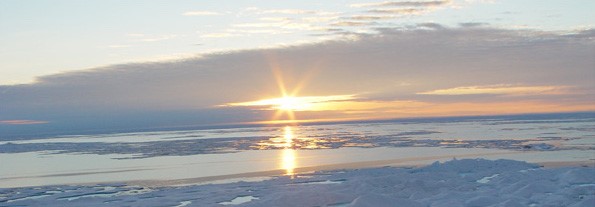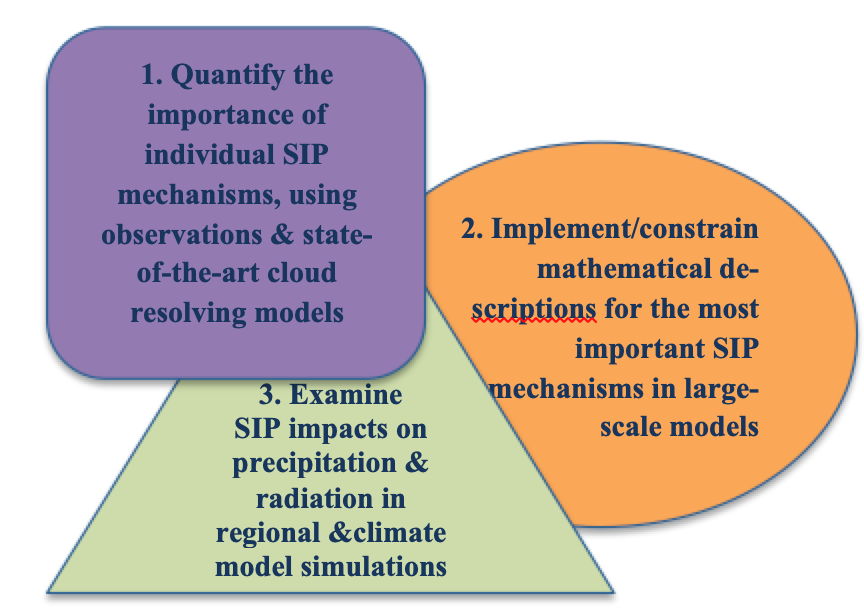Aim of SIMPHAC
The EU-funded SIMPHAC aims to improve the model representation of mixed-phase clouds, an intriguing mixture of liquid and ice, which remain the largest source of predictive error in weather forecast and climate models.
The project focus is on gaining a quantitative understanding of the mechanisms responsible for enhanced cloud ice levels, which are currently underestimated in atmospheric models.

Arctic clouds during Arctic Clouds in Summer Experiment (ACSE), photo by Georgia Sotiropoulou
Background
Clouds regulate the Earth’s energy balance by reflecting the incoming solar radiation and re-emiting solar radiation back to the surface and trapping the longwave radiation emitted from the Earth’ surface. As the planet is warming due to increased levels of green-house gases (GHGs), the cloud patterns are slowly changing. However, whether cloud changes will eventually dampen or amplify the GHG-induced warming and by how much remains unknown. Moreover, clouds generate precipitation, which has a direct impact on the supply of fresh water on Earth. Despite their critical role for climate, clouds remain the most elusive component of the climate system, and the largest source of uncertainty on all atmospheric models. Of all cloud types, mixed-phase (clouds are by far the most uncertain, and dominate the energy balance and precipitation in many regions of the globe.
At the heart of this uncertainty is the inability to capture ice crystal formation which is generally underestimated in models. At temperatures above -38oC ice crystals can form only with the assistant of aerosol particles that can act as ice nucleation particle (INP). However, field measurements frequently indicate that ice crystal number concentrations (ICNCs) in natural clouds are order of magnitudes larger than the available INPs. Ice multiplication mechanisms, also known as secondary ice processes, have been suggested as the cause for this discrepancy, however their relative importance and the exact mechanisms remain unknown. This project aims to explore the impact of SIP on clouds, identify the most important SIP mechanisms and include SIP descriptions in atmospheric models.
Methodology

Significance
Improving ice formation in atmospheric models is expected to result in improved representation of the cloud-radiation and cloud-precipitation interactions. Thus SIMPHAC will pave the way for more accurate weather predictions and climate projections.

